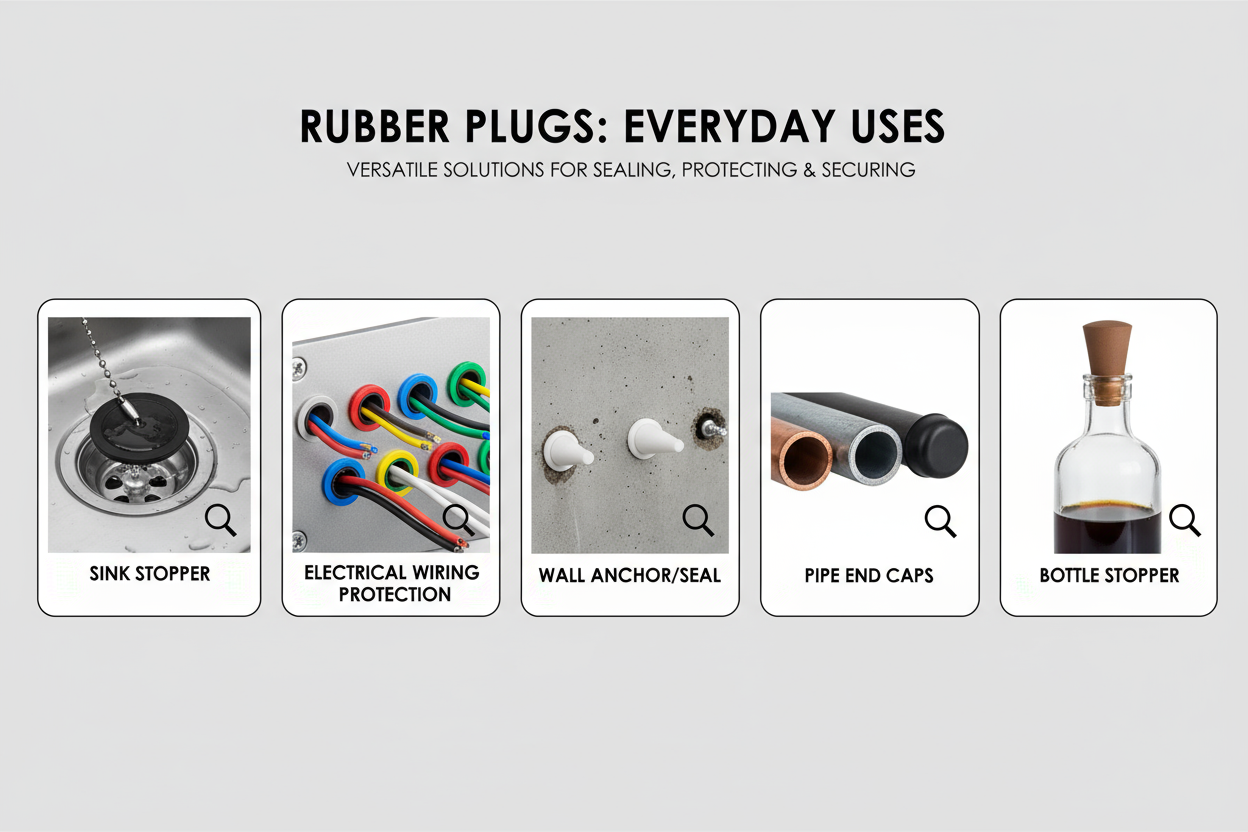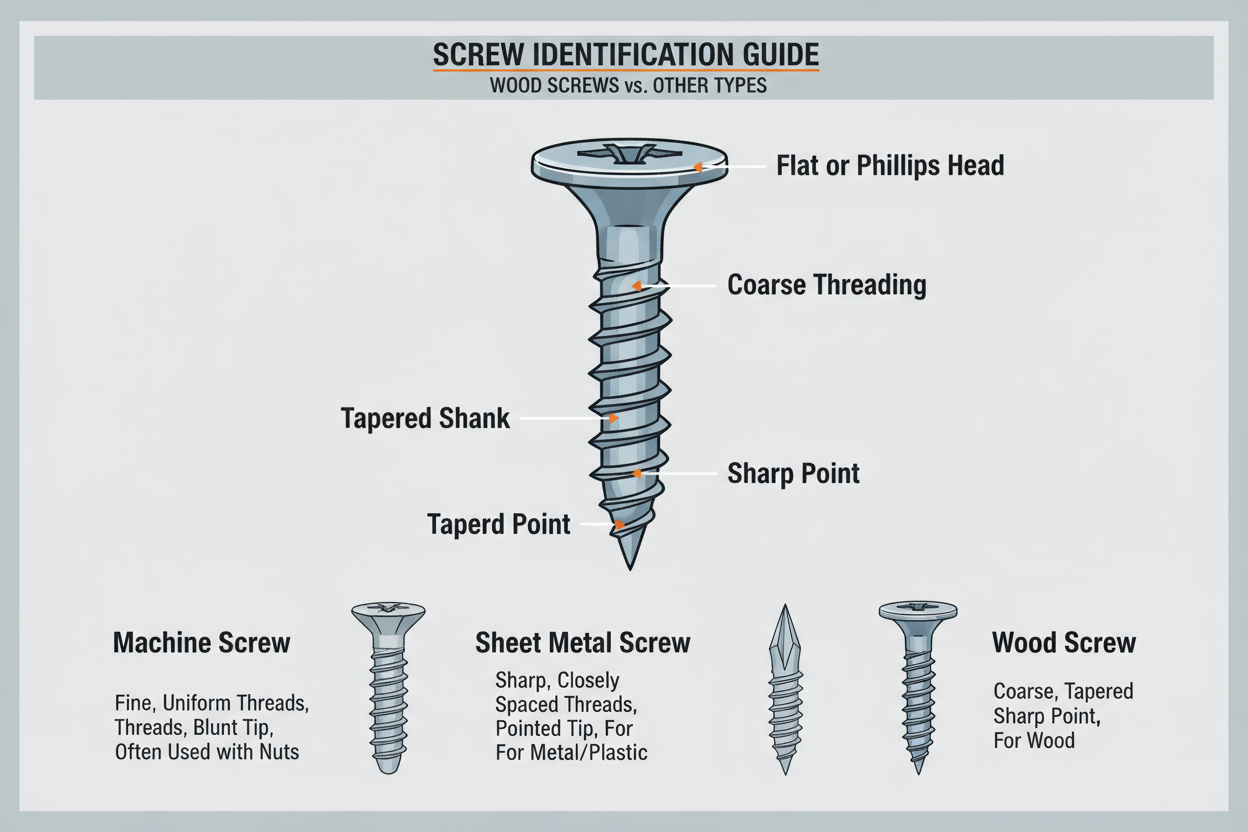Table of Contents
What Is a Clip Nut and How Does It Work?
A clip nut (also known as a cage nut or U-nut) is a specialized fastener that combines a nut with a spring steel clip. This design allows it to snap securely into pre-drilled holes in metal, plastic, or other materials, eliminating the need to hold the nut in place during assembly.
The magic of clip nuts lies in their simple but effective design. They typically feature:
- A threaded nut securely housed in a metal cage
- Spring steel legs that compress when inserted into a mounting hole
- Barbs or tabs that snap back into place once installed, locking the fastener securely
- Various sizes to accommodate different material thicknesses and bolt diameters
When you press a clip nut into a properly sized hole, the spring legs compress, then expand once they clear the material, creating a secure hold. This allows you to focus on driving the bolt without worrying about the nut spinning or falling out of place.
Key Features and Benefits of Clip Nuts
Why DIYers Love Clip Nuts: These versatile fasteners offer several advantages over traditional nuts and bolts.
Clip nuts stand out for their unique combination of features that make assembly projects faster and easier:
- One-Handed Installation: The clip mechanism holds the nut in place, freeing up your other hand to position components or drive bolts.
- Access to Tight Spaces: Perfect for situations where you can't reach behind panels or into confined areas.
- Vibration Resistance: The spring tension helps prevent loosening from vibrations, making them ideal for automotive and machinery applications.
- Reusability: Most clip nuts can be removed and reinstalled multiple times without losing their holding power.
- Material Versatility: Work with a variety of materials, including sheet metal, plastic panels, and wood composites.
- Time Savings: Dramatically reduce assembly time compared to traditional nut-and-bolt combinations.
Whether you're working on automotive repairs, furniture assembly, or custom projects, clip nuts from HomeDiyer.com provide the convenience and reliability DIYers need.
Common DIY Applications for Clip Nuts
Clip nuts excel in numerous home, garage, and workshop applications where traditional fasteners fall short:
- Automotive Repairs: Perfect for securing panels, trim, and components in cars, trucks, and motorcycles where access is limited.
- Furniture Assembly: Ideal for ready-to-assemble furniture where metal frames connect to wood or composite panels.
- Electronics Enclosures: Used in computer cases, server racks, and electronic cabinets for secure component mounting.
- RV and Marine Applications: Excellent for securing interior panels and fixtures that experience vibration.
- Custom Metal Fabrication: Essential for hobbyists building custom racks, frames, or enclosures from sheet metal.
- Appliance Repair: Commonly found in washers, dryers, and other appliances where panels need secure fastening.
The versatility of clip nuts makes them a valuable addition to any DIYer's fastener collection.
How to Choose the Right Clip Nut
Selecting the appropriate clip nut for your project ensures optimal performance and longevity. Consider these factors:
- Material Thickness: Measure your panel thickness to ensure the clip nut legs are the appropriate length for a secure fit.
- Bolt Size: Match the clip nut thread size to your bolt diameter (common sizes include M4, M5, M6, #8, #10, and 1/4").
- Material Compatibility: Choose zinc-plated steel for general use, stainless steel for outdoor or corrosive environments, or nylon for electrical insulation.
- Hole Size Requirements: Check manufacturer specifications for the exact hole diameter needed—typically slightly larger than the bolt size.
- Load Requirements: Consider the weight and stress the connection will bear—heavier loads may require larger or multiple clip nuts.
- Environment: Select corrosion-resistant materials for outdoor, marine, or high-humidity applications.
Our clip nut collection includes various sizes and materials to suit any project requirement.
Installation Tips and Common Mistakes to Avoid
Proper installation ensures clip nuts perform reliably. Follow these tips for the best results:
- Measure Twice, Drill Once: Confirm the exact hole size needed for your specific clip nuts before drilling.
- Use the Right Tools: A rubber mallet or specialized installation tool can help seat clip nuts without damaging the spring mechanism.
- Check Alignment: Ensure the clip nut sits flush against the material surface before tightening the bolt.
- Avoid Over-tightening: Stop when the connection is snug—over-tightening can strip threads or deform the clip.
- Mind the Material Edge: Maintain proper distance from panel edges (typically 1.5 times the hole diameter) to prevent material deformation.
- Test Fit First: Always do a test installation in a scrap piece of similar material before working on your actual project.
Pro Tip: For difficult installations, apply a small amount of lubricant to the clip legs to ease insertion, but avoid getting lubricant on the threads.
Frequently Asked Questions
Can clip nuts be reused?
Yes, most clip nuts can be removed and reinstalled multiple times. However, the spring tension may gradually decrease with repeated use, so inspect them for secure fitment when reusing.
What's the difference between clip nuts and cage nuts?
While the terms are sometimes used interchangeably, cage nuts typically refer to square-nut styles used in server racks, while clip nuts generally describe U-shaped designs for general applications.
Can I use clip nuts in wood or plastic?
Absolutely! Clip nuts work well in wood, plastic, and composite materials. Just ensure the material has sufficient thickness and density to support the clip mechanism.
What do I do if my clip nut keeps spinning?
A spinning clip nut usually indicates either an oversized mounting hole or worn clip legs. Try a slightly larger clip nut or replace it with a new one for a secure fit.
Conclusion
Clip nuts are ingenious fasteners that solve common assembly challenges faced by DIYers and professionals alike. Their ability to securely fasten in hard-to-reach places, vibration resistance, and time-saving installation make them an invaluable addition to any toolbox. Whether you're working on automotive repairs, furniture assembly, or custom fabrication projects, understanding how to select and install clip nuts properly will elevate your DIY skills and results.
Ready to simplify your next project with these versatile fasteners? Explore our selection of high-quality clip nuts at HomeDiyer.com—where DIY enthusiasts find the tools and supplies they need at prices that won't break the bank.
Shop Clip Nuts Now








